Common Name(s): Gidgee, stinking wattle, purple gidgee
Scientific Name: Acacia cambagei
Distribution: Endemic to Australia
Tree Size: 20-40 ft (6-12 m) tall,
1 ft (.3 m) trunk diameter
Average Dried Weight: 72 lbs/ft3 (1,150 kg/m3)
Specific Gravity (Basic, 12% MC): .93, 1.15
Janka Hardness: 4,270 lbf (18,990 N)
Modulus of Rupture: 18,850 lbf/in2 (130.0 MPa)*
Elastic Modulus: 2,683,000 lbf/in2 (18.50 GPa)*
Crushing Strength: 10,150 lbf/in2 (70.0 MPa)*
*Conservative values based on strength group/bracket
Shrinkage: Radial: 4.0%, Tangential: 5.1%,
Volumetric: 9.2%, T/R Ratio: 1.3
Color/Appearance: Heartwood is medium to dark reddish brown, sometimes with darker streaks. Sharply demarcated sapwood is yellow. Curly figuring is also seen on some pieces, and is called “ringed gidgee.”
Grain/Texture: No data available.
Rot Resistance: No data available.
Workability: No data available.
Odor: No characteristic odor.
Allergies/Toxicity: Besides the standard health risks associated with any type of wood dust, no further health reactions have been associated with gidgee. See the articles Wood Allergies and Toxicity and Wood Dust Safety for more information.
Pricing/Availability: No data available.
Sustainability: This wood species is not listed in the CITES Appendices or on the IUCN Red List of Threatened Species.
Common Uses: No data available.
Comments: None.
Images: Drag the slider up/down to toggle between raw and finished wood. (A special thanks to Steve Earis for providing the wood sample of this wood species.)
Identification: See the article on Hardwood Anatomy for definitions of endgrain features.
Porosity: diffuse porous
Arrangement: solitary and radial multiples
Vessels: medium to large, few to moderately numerous; tyloses and mineral/gum deposits common
Parenchyma: vasicentric, banded
Rays: narrow, normal spacing
Lookalikes/Substitutes: No data available.
Notes: Heartwood fluoresces under blacklight.
Related Content:

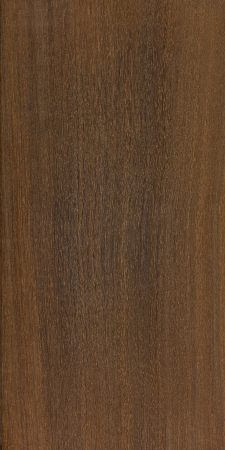
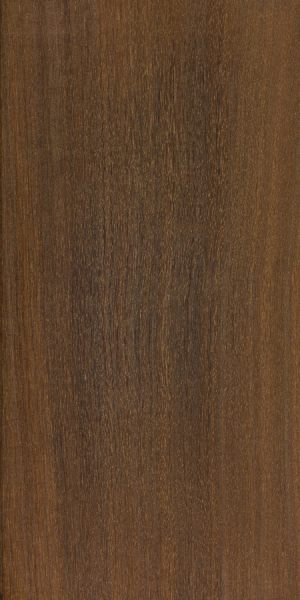
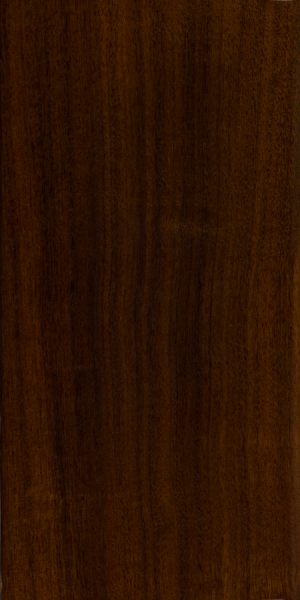
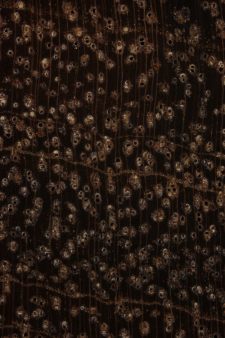

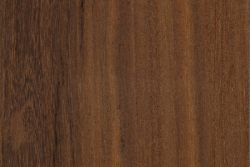
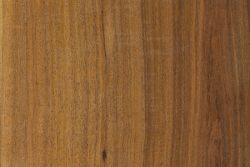
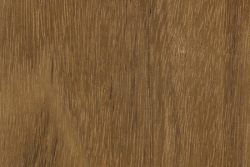
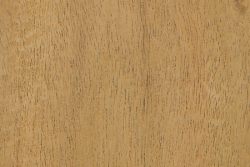
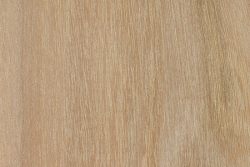
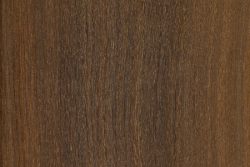
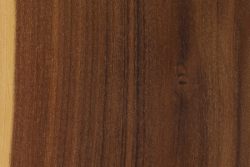
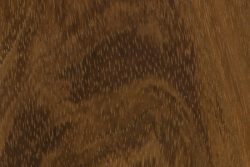
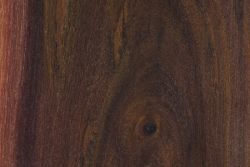
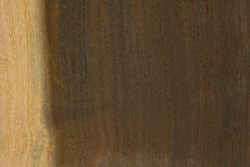
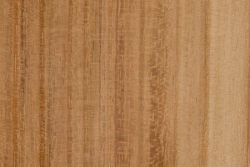
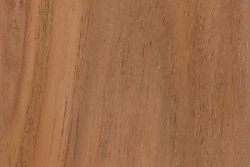
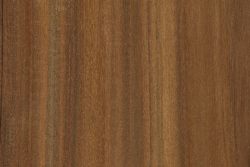
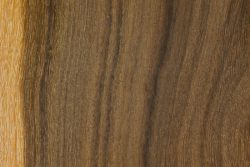
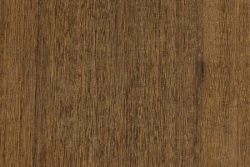
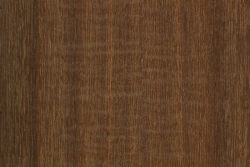
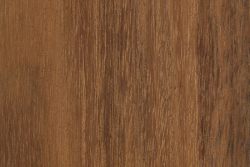
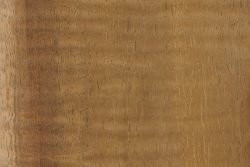
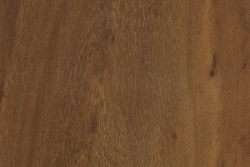
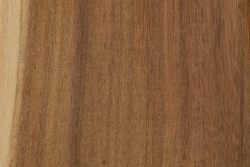
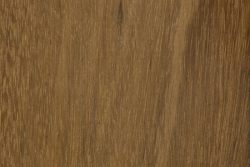
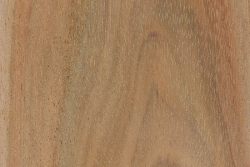
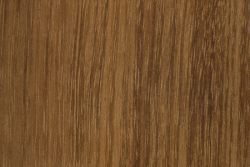
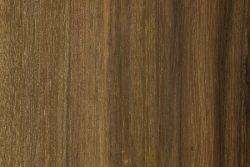
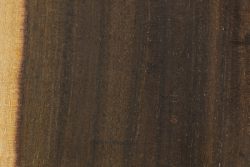
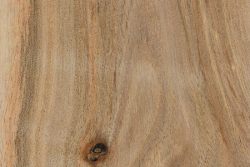
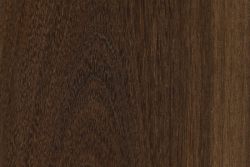
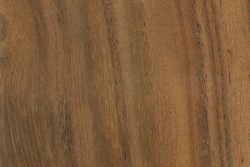
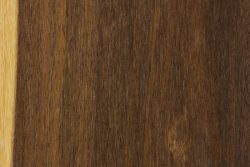
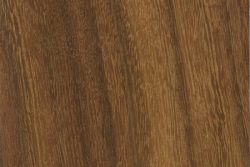





Acacia cambagei vs desert ironwood
Gidgee wood is similar to Desert ironwood form USA, but much much harder ! Vessels (pores) are visible by naked eye, but are really small (smaller than finger prints) ;Desert ironwood has invisible pores. These pores when turning wood (due to its extreme hardness) can cause micro-fractures. To avoid this, I first use very sharp knives, then use a metal file, then sandpaper 300, 400, 1000, 2000. Then I polish the surface with a smooth, durable stone (nephrite).After such polishing, the surface looks like under varnish. Interesting fact for wood lovers: Leaves and bark have a very unpleasant smell that… Read more »
I have what’s described as gidgee locally but it doesn’t look like the exemplars. Can anyone identify this for me please?
This looks like a gumtree mate.
Cadagi
Good luck with your tools if they’re not top notch. Hard as anything
It is being used as a great hardwood for guitar fretboards.
Workability – hard as steel.
Durability – lasts outside for decades.
Uses – posts and rails, wood turning.
Excellent firewood, long burning, excellent coals.
Acacia cambagei is the most common species commercially avaialble in smaller sizes. It has a high luster and when figured compares at least as well as Arizona ironwood as a knife handle material.
Many dryland Aust. acacias have that floral / violet smell.